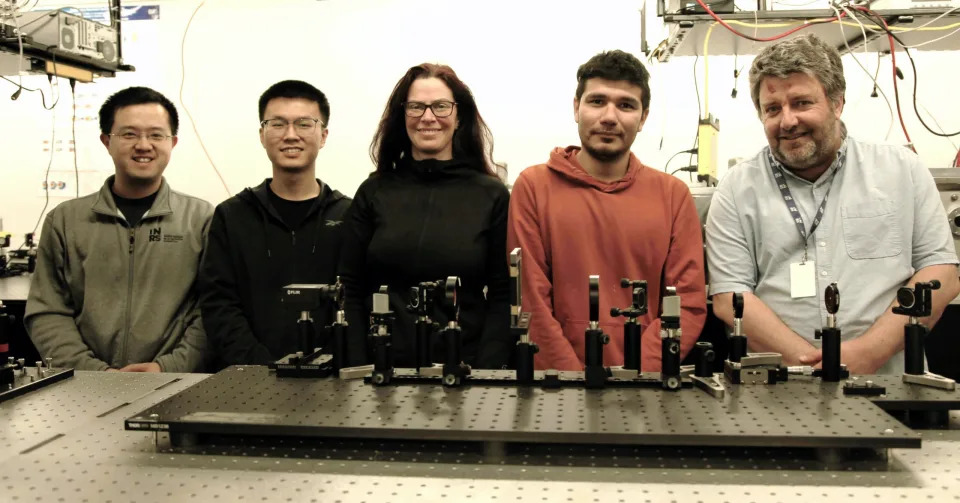
Scientists have developed an ultra-fast scientific camera SCARF with a record speed of shooting
Canadian researchers have created a unique scientific camera called SCARF (real-time coded aperture femtophotography) capable of capturing images at an astronomical coding rate of 156.3 terahertz (THz), which equals 156.3 trillion frames per second. This opens up new possibilities for studying ultrafast micro-events that pass too quickly to be captured by the most advanced scientific sensors.
The results of the study were published in the journal Nature and summarized in a press release from INRS.
SCARF has made it possible to record such transient phenomena as absorption in semiconductors and demagnetization of metal alloys, which can contribute to progress in areas such as shock wave mechanics and the development of new medical products. This study was conducted by ProfessorJinyang Liang of the National Institute of Scientific Research of Canada (INRS), known for his pioneering work in the field of ultrafast photography.

SCARF differs from traditional ultra-high-speed cameras in that instead of capturing individual frames and stacking them to create images of moving objects, it uses a technique that captures an entire sequence of images with a single frame. This is made possible by computational methods that allow light to hit the camera sensor at different times, and then this data is processed using a special computer algorithm that transforms each of the trillions of frames into a clear picture.
This progress has been achieved through the use of affordable and passive optical components, making SCARF not only an innovative but also a relatively inexpensive solution with low power consumption and high measurement quality compared to existing methods. Although the camera’s focus is on research applications, work is already underway on commercial versions of the camera that could be of interest to research institutions and higher education institutions, in collaboration with Axis Photonique and Few-Cycle.

